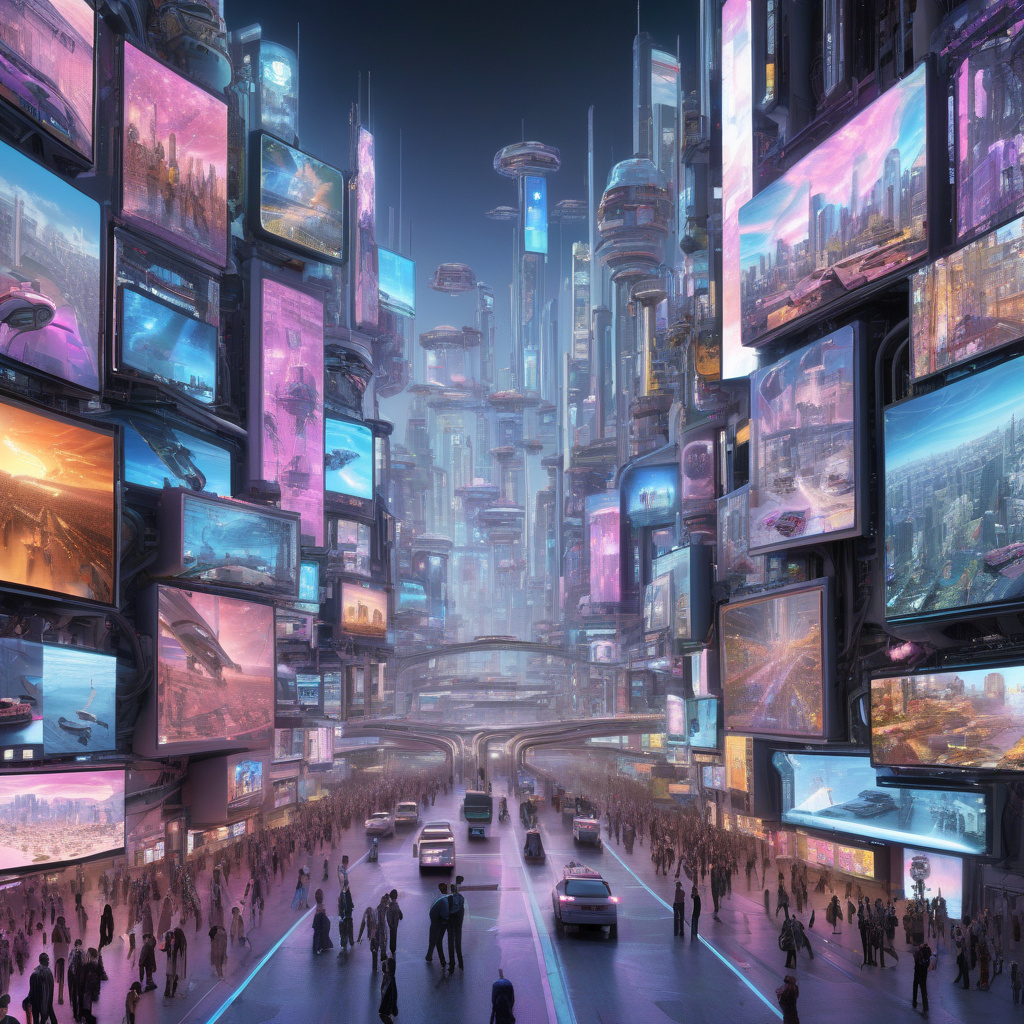AI Slop is Eating the World: The Rise of AI-Generated Content
In a world inundated with AI-generated content, the need to discern between real and machine-generated material has become paramount. Platforms like DuckDuckGo and Kagi are taking steps to address this issue by introducing features that allow users to filter out AI-generated images from search results. By empowering users to make informed choices about the content they consume, these platforms are setting a new standard for transparency and authenticity.
The proliferation of AI-generated content is not limited to images alone. User reviews, a cornerstone of online decision-making, are also falling victim to AI manipulation. Companies like DoubleVerify have uncovered a surge in fake, AI-generated reviews across various platforms, undermining the credibility of user feedback. As the prevalence of AI-generated content continues to rise, the value of human-generated reviews is at risk of being eroded, posing a significant challenge for online platforms and consumers alike.
Moreover, the realm of creative content creation is undergoing a transformation with the emergence of AI-generated music and art. From AI-generated songs on Spotify to entirely synthetic music projects climbing the charts, the boundaries between human and machine creativity are blurring. While AI-generated content offers new possibilities for innovation and efficiency, it also raises questions about the authenticity and integrity of artistic expression in the digital age.
As AI-generated content becomes increasingly pervasive across various domains, from articles to videos to social media posts, the need for platforms to distinguish between human and machine-generated content is more pressing than ever. While the allure of AI-driven efficiency is undeniable, ensuring that users can differentiate between authentic and AI-generated content is crucial to maintaining trust and credibility in the digital landscape.
In conclusion, as AI continues to reshape the landscape of content creation and consumption, platforms must prioritize transparency and authenticity to navigate the evolving challenges posed by AI-generated content. By empowering users to make informed choices and fostering a culture of discernment, platforms can uphold the integrity of online content and mitigate the risks associated with the proliferation of AI-generated content. The future of content creation lies at the intersection of human creativity and AI innovation, where authenticity and transparency are the cornerstones of a trustworthy digital ecosystem.

